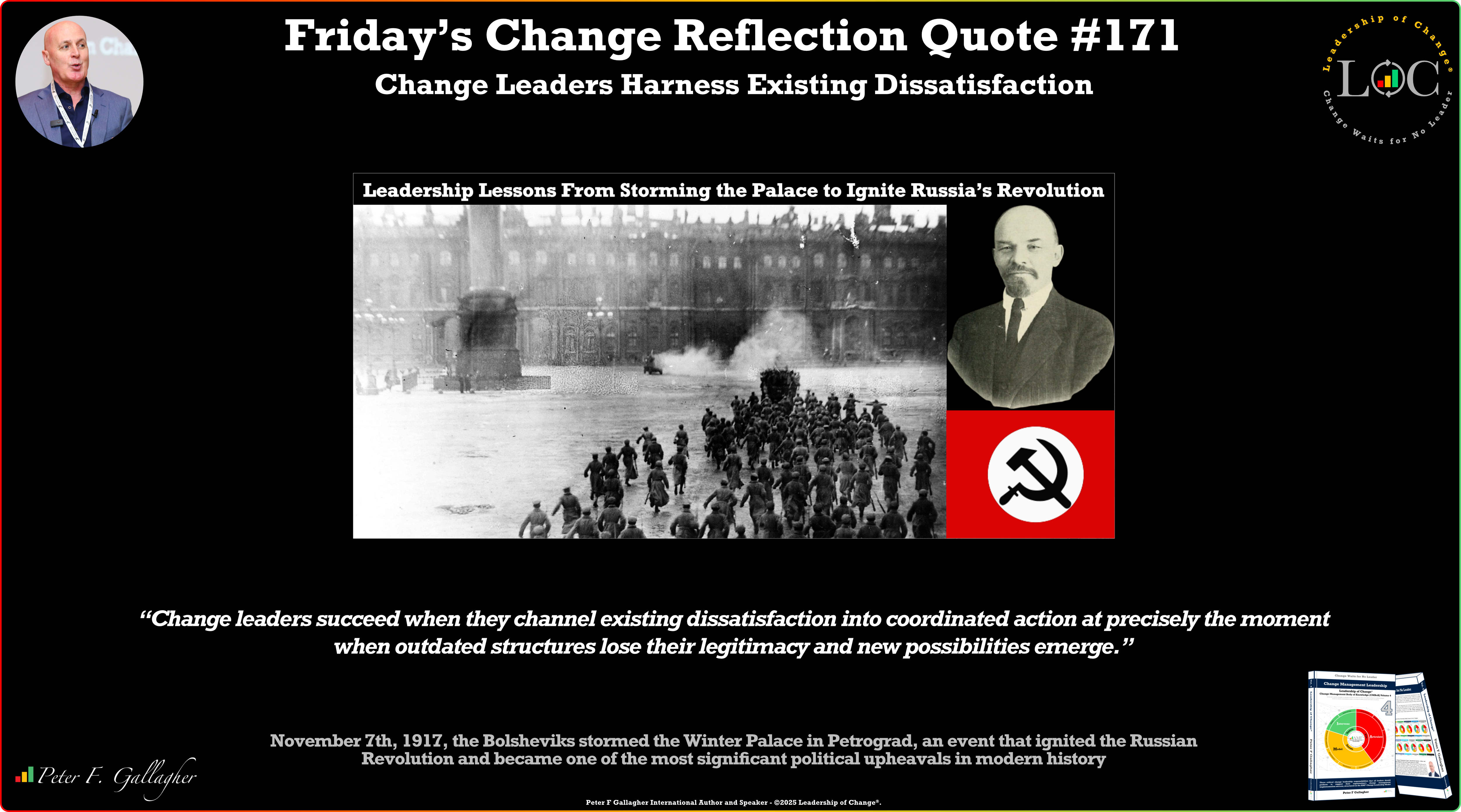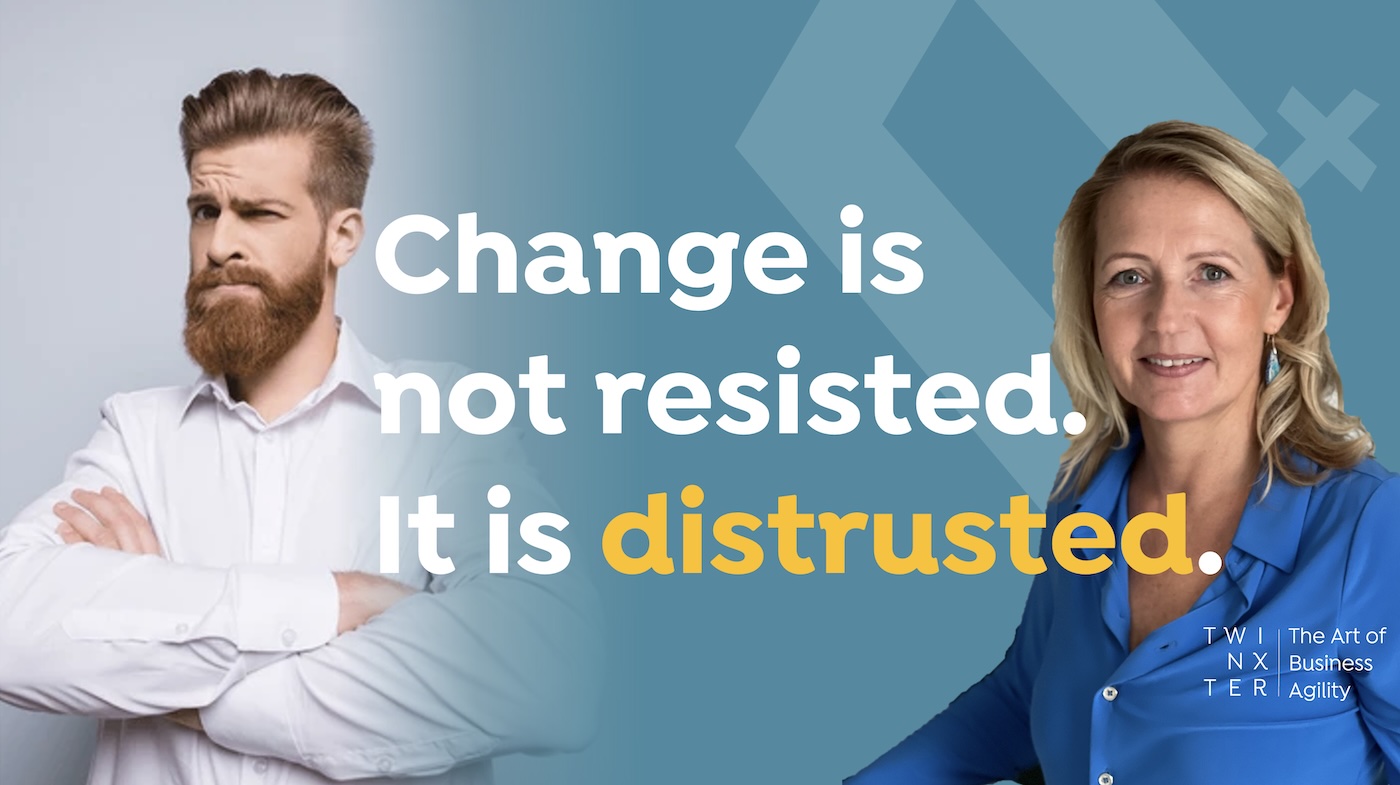May18

In today’s organisations, the language of transformation is everywhere: people talk about empathetic leadership, cultures of innovation, wellbeing, and inclusion. But that transformation does not materialise meaningfully, consistently, and sustainably in many cases beyond the formal discourse.
In other words, there is talk of transformation. Still, things remain the same in practice or change very little: turnover remains high, energy is drained in endless meetings, innovation stalls, and distrust is masked by polite conversation.
Why does this happen? Organisations, like people, have an unconscious—a collective life that operates beneath the surface of formal declarations.
The organisational unconscious is the invisible territory where unspoken loyalties, silent pacts, shared fears, implicit prohibitions, and repressed emotions reside. It shapes, often unknowingly, workplace culture and decision-making.
It is not abstract; it becomes evident when, for example:
1. Division: The organisation symbolically splits to survive: us vs. them, field vs. corporate, the “good ones” vs. the “problematic ones.” People don’t see themselves as part of a whole but as fragmented groups. This prevents meaningful dialogue and integration.
2. Invisible Loyalties: People unknowingly stay loyal to past leaders, outdated leadership styles, or protective silences. What once worked no longer applies. Change is perceived as emotional betrayal rather than evolution, which increases resistance and rigidity.
3. Institutional Taboos: Off-limits topics include power, inequality, privilege, mistakes, and favouritism. Silence becomes a defence mechanism. But what goes unspoken tends to manifest elsewhere, usually not in helpful ways.
4. Empty Rituals: Meetings without purpose, disconnected recognition, processes that continue out of inertia. These repetitive actions soothe the system but block true renewal.
5. Exclusion: Hidden narratives of exclusion, misunderstood meritocracy, or fear of losing privilege.
The Leadership That Doesn’t Inspire Change: A new CEO brings transformational energy. There is initial enthusiasm, but the system doesn’t respond. The team remains emotionally attached to the former leader. Unspoken loyalties are in control.
Innovation Blocked by Fear: A campaign is launched to “embrace failure,” but subtle punishment follows when the first project fails. The implicit message is stronger than the declared one. Motivation and initiative fade.
Wellbeing Masking Exhaustion: Organisations offer mindfulness breaks and self-care talks while demanding 24/7 availability. Burnout only intensifies.
There are countless examples. But ultimately, a mismanaged organisational unconscious affects key business outcomes: productivity, retention, engagement, integration, innovation, and adaptability.
1. Unconventional Diagnosis: Listen to What Is Not Being Said
Goal: Name the unnameable. Make the invisible visible.
Recommended tools:
2. Decoding Invisible Loyalties and Their Consequences
Every human group has implicit loyalties to founders, past crises, leadership styles, and working methods. These loyalties may be misaligned with current goals.
Strategic actions:
3. Turning the Unconscious Into a Catalyst: Organisational Reframing
Goal: Use the weight of the unconscious as cultural fuel, not resistance.
Practical strategies:
4. Develop Systemic Awareness in Leadership
Without realising it, leaders are often the leading carriers of the organisational unconscious. When leadership evolves consciously, it creates space for the unsaid to be heard, generating trust and turning contradiction into learning.
Action plan:
5. Measure the Intangible to Influence the Tangible
While the unconscious may seem “soft,” managing it can drive concrete results. Key success indicators include:
Ignoring the organisational unconscious means letting it lead from the shadows. Leading it doesn’t mean eliminating it, but making it conscious and channelling its power into transformation. The most evolved organisations are not those without tension but those that know how to navigate their contradictions with emotional intelligence, purpose, and shared vision.
Behind every act of resistance or tension, there is a story that needs to be told and a conversation that needs to happen.
Keywords: Coaching, Leadership, Transformation
 Friday’s Change Reflection Quote - Leadership of Change - Change Leaders Harness Existing Dissatisfaction
Friday’s Change Reflection Quote - Leadership of Change - Change Leaders Harness Existing Dissatisfaction The Corix Partners Friday Reading List - November 7, 2025
The Corix Partners Friday Reading List - November 7, 2025 The Trust Deficit in Change Programmes
The Trust Deficit in Change Programmes Management of Portfolio complexity a key to Supply Chain responsiveness
Management of Portfolio complexity a key to Supply Chain responsiveness Who Revolves Around Your Ambitions? Time to Find Out.
Who Revolves Around Your Ambitions? Time to Find Out.